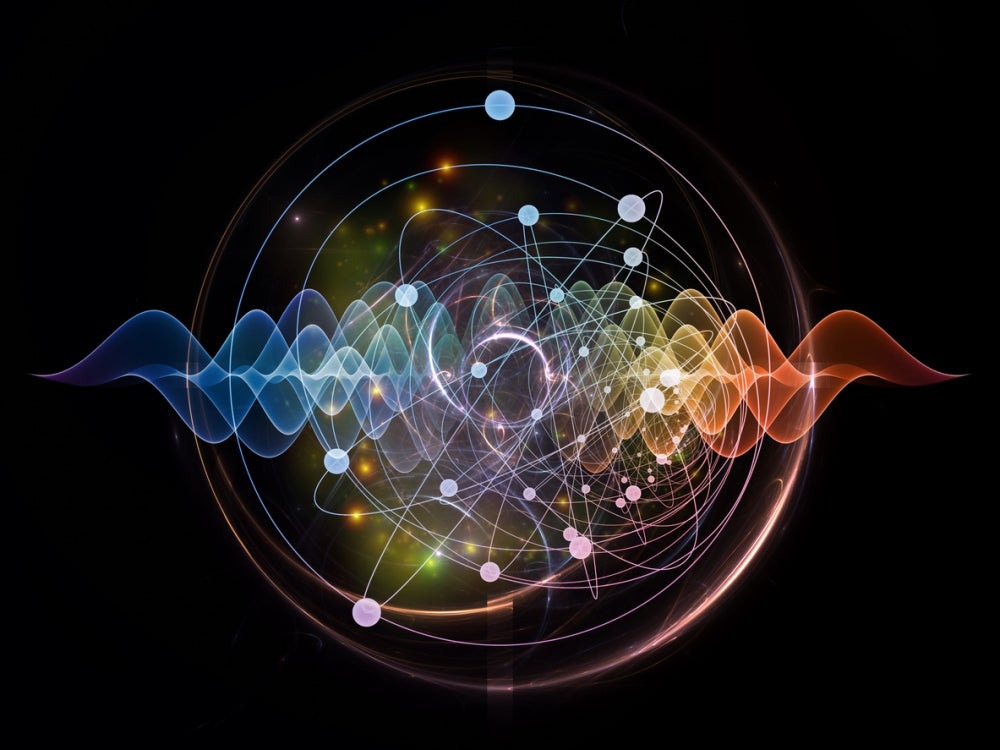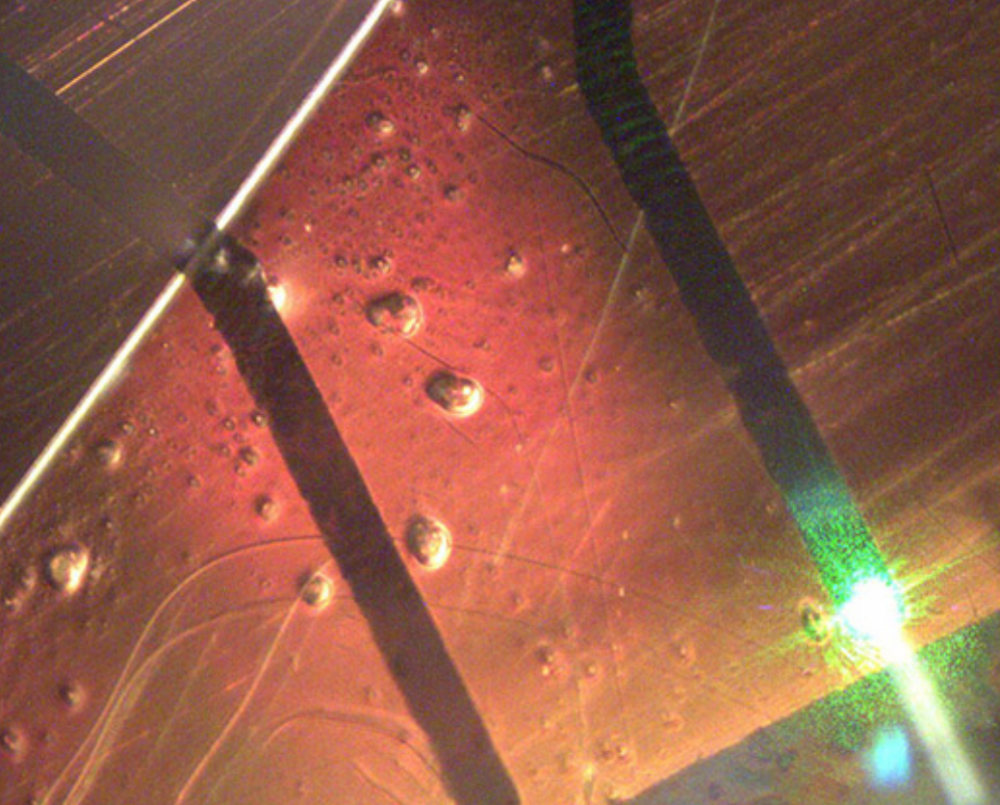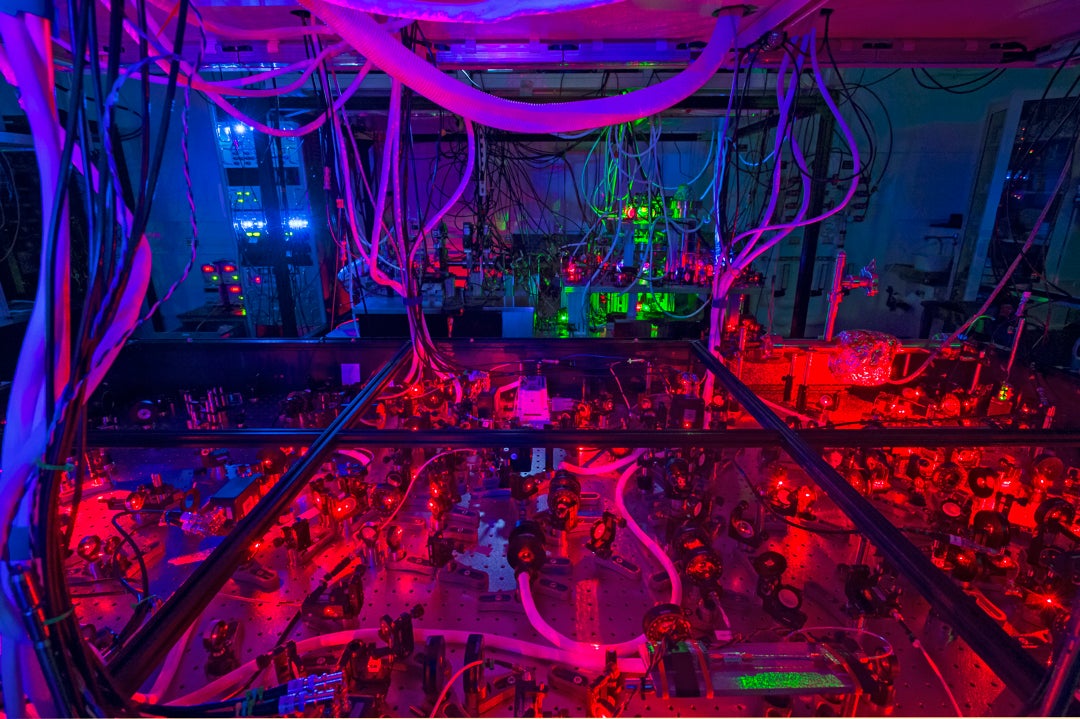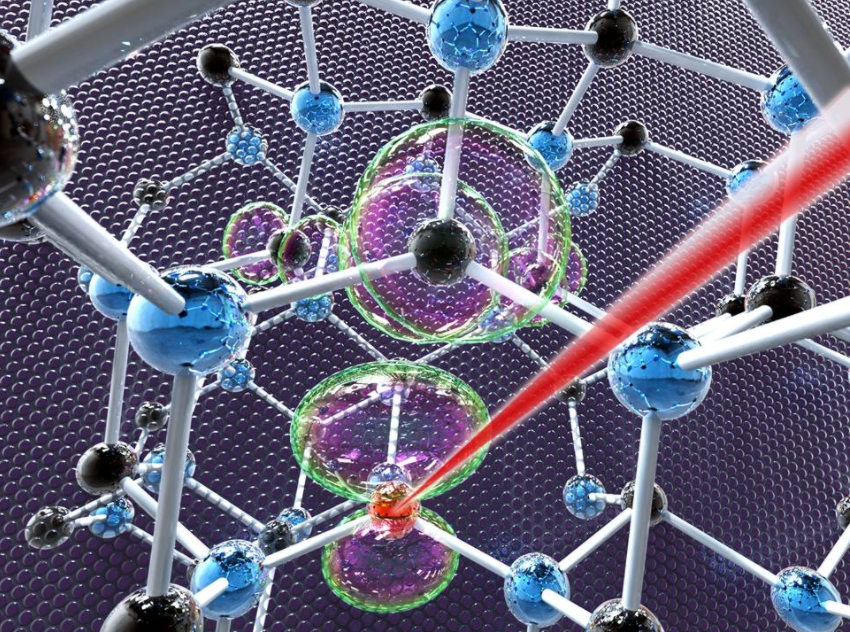Quantum Future
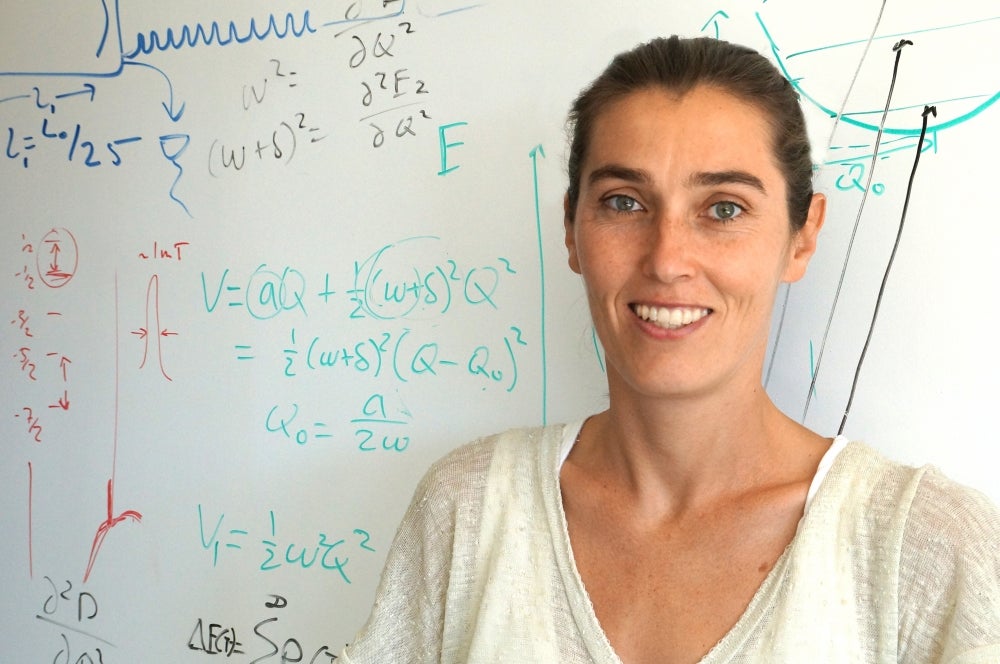
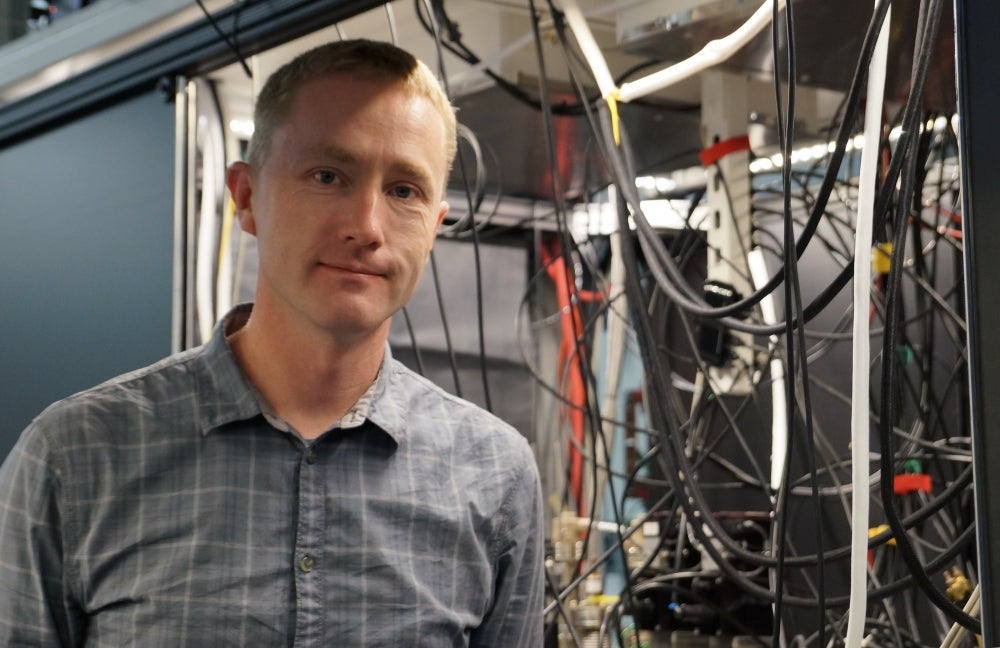
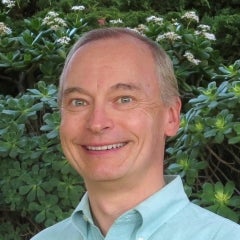
The nation is poised to usher in a new era of knowledge and innovation in the quantum sciences, thanks to a new crop of federally-funded collaborations that bring together national labs, research centers, university and industry.
UC Santa Barbara quantum scientists will participate in this nationwide surge of quantum research by contributing their considerable knowledge and research prowess to three of the five new Quantum Information Science (QIS) Research Centers announced Aug. 26 by the U.S. Department of Energy.
These research centers have been established to support the National Quantum Initiative Act of 2018, meant to “accelerate the development of quantum information science and technology applications” to benefits to national security, the economy and scientific discovery. The centers intend to further the development of the next generation of quantum scientists and engineers with innovative projects and programs, while providing training for the emerging quantum workforce.
“We appreciate this visionary funding from the Department of Energy, and we are very proud of our colleagues who are working together across disciplinary and institutional boundaries to advance quantum science, for the benefit of humanity,”UC Santa Barbara Chancellor Henry T. Yang said. “These exciting partnerships are a testament to UC Santa Barbara’s leadership in quantum research and technologies, and to our innovative, entrepreneurial, and collaborative culture.”
“UC Santa Barbara’s inclusion in three major DOE Quantum Information Science research centers is a major accomplishment,” remarked Joe Incandela, UCSB Vice Chancellor for Research. “It is a reflection of our world-class faculty and their science and engineering strengths in quantum for materials, computing, sensing and systems that our program is among the nation’s best.”
Q-NEXT
One of the quantum world’s most powerful aspects is the way it deals with information, manipulating it in ways that are impossible with classical systems. For instance, entanglement — a phenomenon by which the measurements of two “entangled” particles instantaneously correlate across distance — can be used to transmit vast amounts of information in the blink of an eye. Another fascinating quantum behavior is the so-called “observer effect,” in which the act of measuring or observing changes the information itself — a security advantage.
In order to have robust quantum information communications, the technology that can reliably sense, capture, distribute, store and manipulate quantum information has to exist.
This is where condensed matter physicist and materials scientist Ania Jayich’s work comes in. As a collaborator in the Argonne Laboratory-led Q-NEXT collaboration, her efforts will focus on developing the science and technology to control and distribute quantum information.
“The prospect of using quantum entanglement to improve quantum sensors for discovery in condensed matter physics, biology and even astronomy, has been envisioned for many years now,” Jayich said. “With DOE’s large, focused and interdisciplinary investment in Q-NEXT, we hope that these dreams will be realized in the horizon of this grant.”
In her work, Jayich has developed a method to capture fragile, fleeting quantum information without destroying its coherence — one of the biggest challenges for anyone working with quantum systems.
Q-NEXT will also establish quantum materials foundries at Argonne and at SLAC National Accelerator Laboratory to produce a robust supply chain of standardized materials and devices that will support both known and yet-to-be-discovered quantum-enabled applications. It will also create a first-ever National Quantum Devices Database for the standardization of next generation quantum devices.
Quantum Science Center
Interesting physics happens when you go down to two dimensions — unique quantum behaviors proposed by physicist Alexei Kitaev in 1997 that could become the basis for topological quantum computers. Two decades later, topological quantum computing has become one of the hottest fields in quantum research, in large part because topological quantum systems are fault-tolerant — able to preserve quantum information even in the presence of some disturbance. This opens the door to scalable, robust systems that can operate in more real-world conditions.
It takes special types of material to host the kinds of behaviors sought in two-dimensional quantum systems, and a certain way of thinking to coax these behaviors out of them. Atomic physicist David Weld and condensed matter physicist Andrea Young, along with collaborators from topological quantum research powerhouse Microsoft Station Q at UCSB are ready to step into that still somewhat uncharted territory with their participation in the Quantum Science Center (QSC).
“I hope the work will deepen our fundamental understanding of topological matter and lead to qualitative advances of quantum processing platforms,” said Weld, whose own research will be focusing on quantum simulation — building synthetic matter from ultracold quantum gases to simulate the behavior of new models for quantum information processing.
Headquartered at Oak Ridge National Laboratory, QSC will focus on quantum materials discovery and design, quantum algorithms and simulations, and the co-design and development of quantum devices and sensors for discovery science.
C2QA
The world got its first taste of the power of quantum computing in 2019 when a 53-qubit computer demonstrated quantum supremacy by being the first quantum computer to outpace a classical supercomputer. But that was only just the beginning — a starting block from which researchers have been racing to improve coherence, increase fault tolerance, provide error correction and minimize noise in the upcoming iterations of quantum computers.
Materials scientist Chris Van de Walle is one of those researchers, and he’s joining forces with a collaboration led by Brookhaven Laboratory to co-design — simultaneously design hardware and software — for quantum computers. Called the Co-design Center for Quantum Advantage (C2QA), its mission is to develop a quantum computer that can “outperform a classical computer on a useful task.”
In the subatomic quantum world, the quality of the material hosting quantum behaviors is of major importance. Point defects, such as tiny impurities or vacancies where particles should be, are enough to cause decoherence.
“Understanding those processes that cause decoherence and identifying the defects that are responsible is essential for improving coherence,” commented Van de Walle, whose group performs atomistic calculations that will elucidate the defects and mechanisms.
But not all defects are bad, Van de Walle said. Research will also involve the design and development of defects that can act as “qubits” in a quantum computer ― the analog of the bits in a classical computer. His work is part of C2QA’s effort to increase robustness and pave the way toward scalability.
Achieving the goals of each center will require intense multidisciplinary effort, an approach that the UCSB researchers know well.
“Progress in this exciting and rapidly evolving area requires collaboration and interdisciplinary work, which UCSB is rightly famous for,” Van de Walle said. The researchers will also be able to leverage existing facilities and relationships within the UCSB Quantum Foundry — an NSF-funded collaborative center — as well as the wide and deep pool of quantum research at the university
